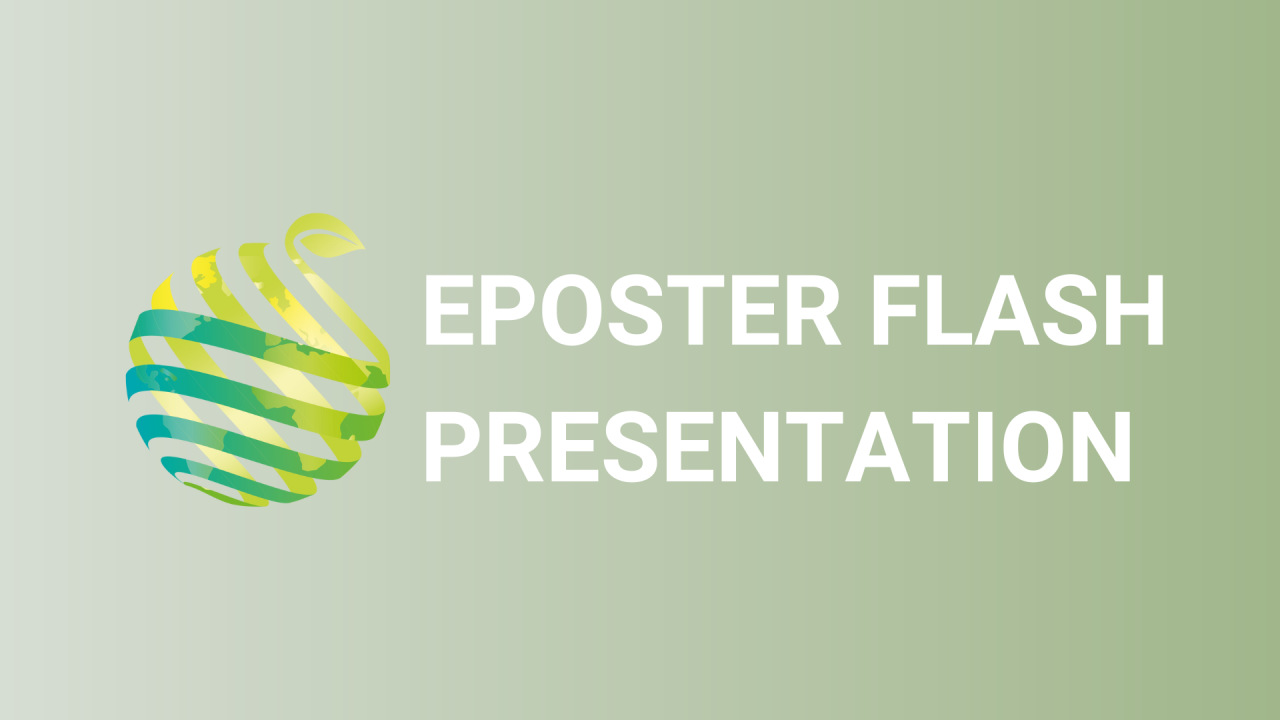

S02 - Session P2 - Morphological and genetic evaluation of local germplasm: the case study of Sicilian apples
Information
Authors: Giovanni Gugliuzza *, Maria Carola Fiore
Different studies offer a broad overview of plant genetic resources' conservation and use, including conservation approaches, strategies, and more relevant responses under the threat of climate change. In the past decades, significant progress has been made in the conservation and storage of crop germplasm in genebanks and the development of molecular tools. In Italy, the genetic base of cultivated fruit trees has significantly narrowed in the last few years. The region of Sicily in Italy comprises a high diversity of genetic resources, many of which are at risk of extinction. Sicilian municipalities are suitable public bodies to coordinate necessary conservation actions and sustainable use of agrobiodiversity due to their deep knowledge of the territory. In this study, we report the assessment results of the morphological and genetic diversity of four local varieties of apple ( Malus communis L.) sampled in the Sicilian territory: 'Rossa Piccola', 'Sgadari', 'Gelato' and 'Cannameli'. Morphological characterizations were carried out using 32 UPVO descriptors, while five microsatellites molecular markers were used to assess the genetic diversity of samples. Based on Euclidean distances, a cluster analysis was performed for morphological traits. The hierarchical clustering based on Bruvo's distance using the unweighted pair-group method with arithmetic averages (UPGMA) algorithm was used for genetic analysis. High genetic diversity was found among the four Sicilian accessions compared with two commercial varieties ('Deliceus' and 'Florina') used as reference material. The Euclidean clustering differed in respect to the genetic one, grouping three local varieties ('Rossa Piccola', 'Sgadari', and 'Gelato') in one cluster. This high diversity of Sicilian local apple varieties represents a good starting point for increasing the germplasm in the field collections, given the growing interest in plant genebanks for their potential role in adapting agriculture to climate change.